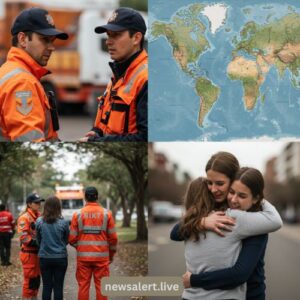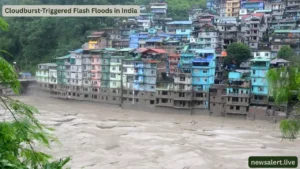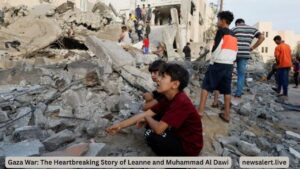A powerful 8.8 Magnitude Earthquake and Tsunami Warnings have triggered evacuations across Japan, Hawaii, and the US West Coast. Full details here.
On a quiet afternoon in Russia’s Far East, the world witnessed one of the most powerful earthquakes in recent history. A massive 8.8 Magnitude Earthquake and Tsunami Warnings shook the Kamchatka Peninsula at 1:27 p.m. local time (2:30 a.m. UK time), triggering alarms across the entire Pacific Ocean region.
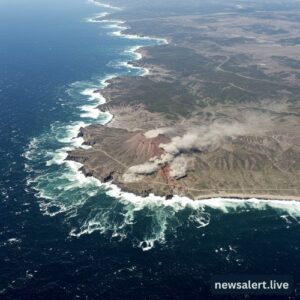
Immediate Aftermath: Shockwaves Felt Across the Region
Residents described the 8.8 Magnitude Earthquake and Tsunami Warnings as the scariest moment of their lives. Videos showed frightened families rushing out of shaking homes. Luckily, while some buildings suffered damage, no deaths were reported in Kamchatka.

Tsunami Warnings Triggered Across the Pacific Basin
The earthquake displaced huge volumes of water, triggering tsunami warnings for dozens of countries. Coastal regions across Japan, Hawaii, Alaska, the US West Coast, Mexico, Peru, and Indonesia received alerts.
Authorities feared waves as high as 4 meters (13 feet). Millions were evacuated to safer zones. This showed how seriously nations take 8.8 Magnitude Earthquake and Tsunami Warnings after past disasters.
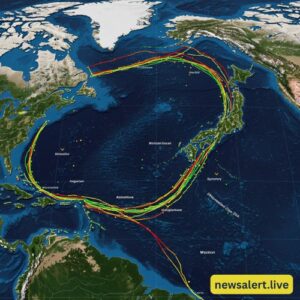
Japan: Fear of a Repeat of 2011 Fukushima Disaster
Japan’s entire Pacific coastline was on high alert. Nearly 2 million people evacuated, train services stopped, and coastal airports closed. Waves reached 1.3 meters in some areas, and officials warned they could suddenly surge up to 3 meters.
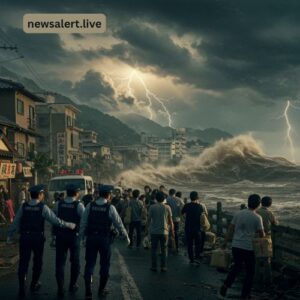
Hawaii: Gridlocks and Urgent Alerts
In Hawaii, alerts popped up on phones urging residents to move inland. Traffic jams formed on highways as people fled coastal areas. Authorities later downgraded the 8.8 Magnitude Earthquake and Tsunami Warnings to advisories, but fear remained strong.

US West Coast: Alaska, Oregon, and California Brace for Impact
The US West Coast saw water levels rise 0.3–1 meter (1–3 feet). Although major inland flooding was avoided, harbors and coastlines sustained some damage.
“Stay away from beaches and harbors. Tsunamis can last for hours,” advised Kim Hutchinson of the National Tsunami Warning Center.
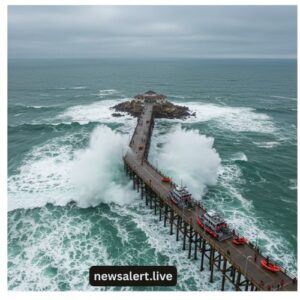
The Science Behind the 8.8 Magnitude Earthquake and Tsunami Warnings
The earthquake struck along a subduction zone where one tectonic plate slipped beneath another. This sudden shift displaced immense amounts of water, triggering tsunami waves across the Pacific.
“Think of it as slamming your hand under water in a bathtub—the waves radiate outwards,” explained seismologists.
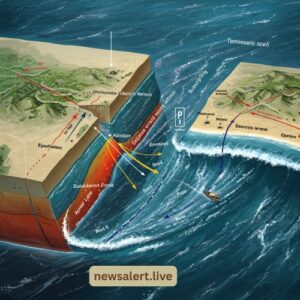
Ongoing Tsunami Alerts and Downgrades
While many warnings have been downgraded, tsunami advisories remain for Northern California, parts of Japan, and low-lying Hawaiian coastlines. Authorities warn that late-arriving waves can still be deadly.
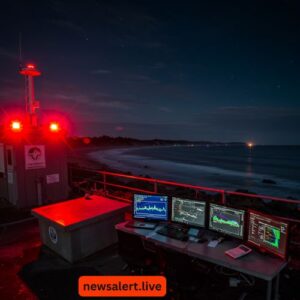
Global Evacuation Efforts and Public Response
Evacuation centers filled up across the Pacific Rim. Shelters provided food and blankets, while authorities pushed real-time alerts through apps and social media.

Technology That Saved Lives
The DART (Deep Ocean Assessment and Reporting of Tsunamis) system and NOAA tide gauges helped authorities issue 8.8 Magnitude Earthquake and Tsunami Warnings in time.
These advanced detection tools gave countries hours of preparation before the first waves struck, significantly reducing casualties.
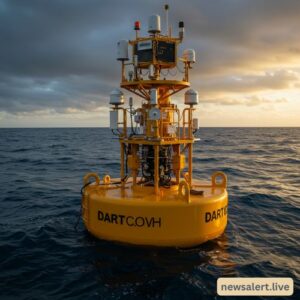
Economic and Environmental Impact
-
Harbors and fishing fleets suffered heavy losses in Japan and the US West Coast
-
Flooded infrastructure in Kamchatka and Sakhalin will take months to repair
-
Marine ecosystems may face disruptions from seabed displacement
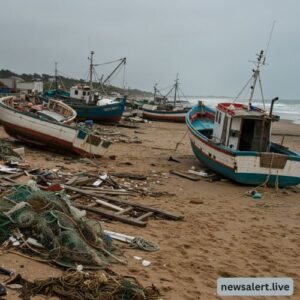
A Global Reminder: Disaster Preparedness Matters
This event shows why 8.8 Magnitude Earthquake and Tsunami Warnings are crucial. Countries that invested in early warning systems after the 2004 Indian Ocean Tsunami and 2011 Japan disaster were far better prepared.
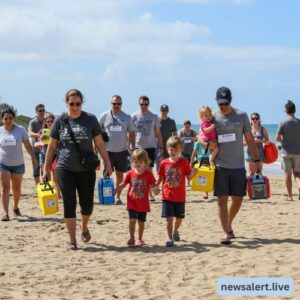
Conclusion
The 8.8 Magnitude Earthquake and Tsunami Warnings across the Pacific have been a wake-up call. Though casualties have been minimal so far, the potential for devastation was enormous. Early warning systems, public awareness, and swift evacuation measures saved countless lives.
As we assess the aftermath—from damaged infrastructure to marine ecosystem disruption—this disaster reinforces one lesson: preparedness saves lives.
FAQs about 8.8 Magnitude Earthquake and Tsunami Warnings
1. How powerful was the earthquake?
The quake measured 8.8 on the Richter scale, making it one of the strongest recorded earthquakes in modern history.
2. Which countries were affected by tsunami warnings?
Japan, Hawaii, the US West Coast, Mexico, Peru, Indonesia, the Philippines, Taiwan, New Zealand, and others were affected by tsunami warnings and advisories.
3. Were there any casualties?
As of now, no deaths have been reported. However, there have been reports of building damage and flooding in coastal areas.
4. Can tsunamis occur hours after the earthquake?
Yes, tsunamis can continue for hours or even days after the initial quake. Later waves can be just as dangerous as the first.
5. How do DART buoys help in tsunami detection?
DART buoys detect changes in ocean pressure, allowing scientists to forecast tsunami waves and issue early warnings to at-risk regions.
6. Has the tsunami warning been lifted in Russia?
Yes, Russian authorities have lifted tsunami warnings for the Kamchatka Peninsula.
7. What should people do during tsunami warnings?
Immediately move to higher ground and stay away from beaches and harbors until officials declare the area safe.
Call to Action
➡️ Stay informed! Share this blog with friends and family so they know how to act during future 8.8 Magnitude Earthquake and Tsunami Warnings. Early knowledge and preparedness can save lives.
